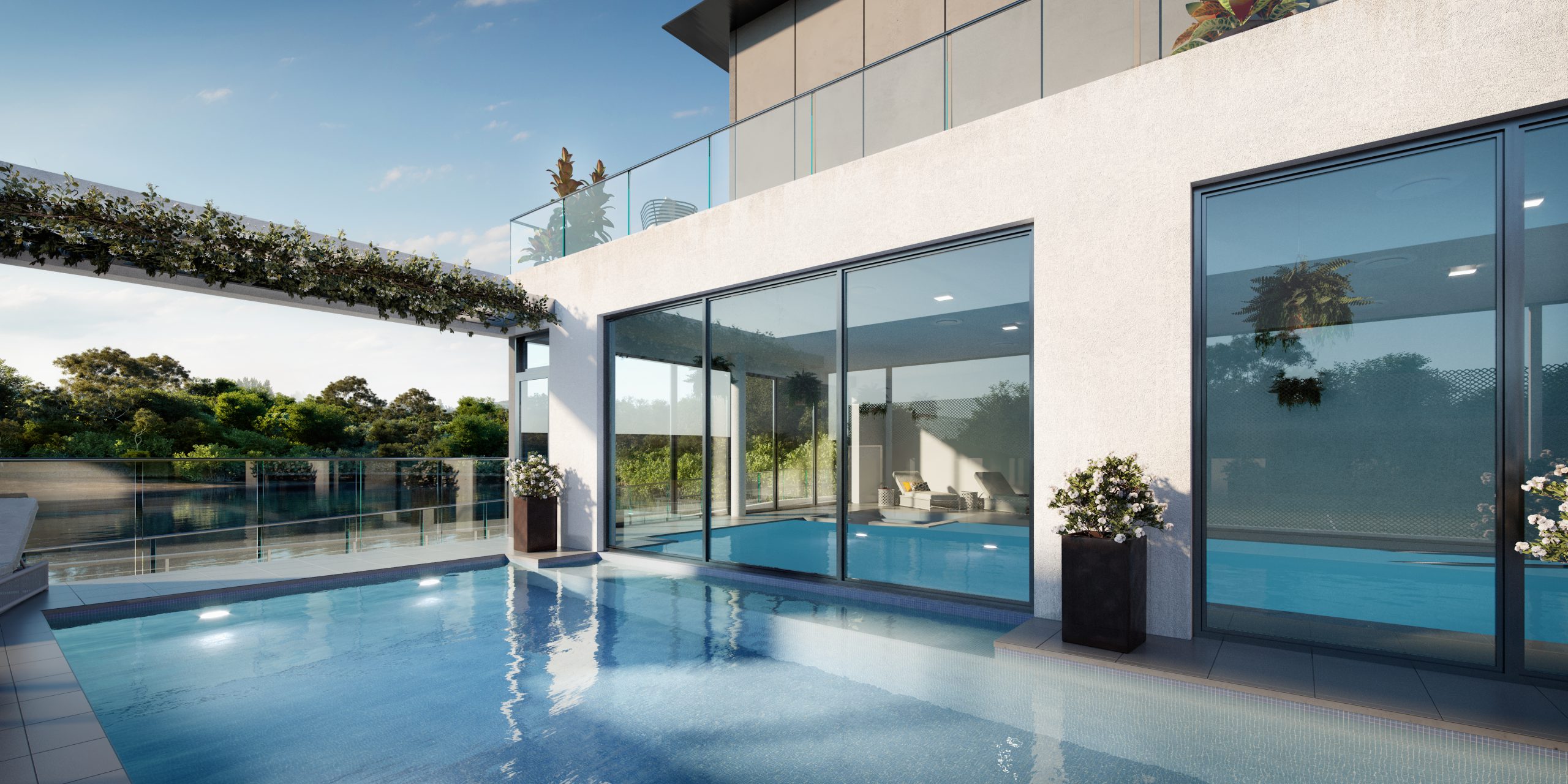
Learn the everything you need to know about hundreds of projects from throughout Australia. We’ve got the insider information to ensure that you choose the apartment, townhouse or house and land project that suits you and your lifestyle.
This is independent editorial content written by a PropertyMash Journalist. While we try to ensure all information is as accurate as possible, please double check with the developer or real estate agent directly before making a purchasing decision. The information contained within this article may be incorrect or out of date.
According to research by CommSec in 2017, Australian properties are getting smaller. They reported the average new property size (houses and apartments) has fallen to just 189.8 square metres. In 2016/17 the size of new freestanding houses built in Queensland reportedly dropped 4.4%, but according to Metricon’s Design Director, Adrian Popple, that’s not what they have been seeing.
“The average home size for detached homes hasn’t varied too much. It is from 210 – 230sqm, as an average for a single storey, and 325 –
“The demand for people wanting mansion-sized homes is still very strong, especially in the knockdown new build segment. Reduced land sizes in new housing estates
Although new property in Australia is thought to be getting smaller, our homes are still bigger than most other counties, with only America’s McMansions coming in 8% larger than Australia. The size of freestanding homes in Australia is thought to have peaked six years ago, however, even with the size downturn, freestanding homes being built now are still 30% bigger than 30 years ago.
State by state, Tasmania
“Obviously something has to give when reducing the size of a home,” said Adrian. “We tend to reduce the overall size proportionally so the home is functional. Some specific areas that tend to be reduced are garages, laundries and a separate toilet.” One thing that has become more popular in both new apartments and new homes is the multi-purpose room (MPR). No longer afforded the luxury of a separate dining room, office, kids’ playroom, or guest bedroom — the MPR can be transformed at the drop of a hat with sliding walls, concealed storage, and carefully chosen furniture.
The question on everyone’s mind at this point, is what is the benefit of a smaller home? Well, that’s a slightly grey area.
PROS
In terms of money, the maintenance, upkeep and bills for a smaller property will cost you less. You will also be able to choose a smaller block of land, which could mean you can afford to buy in a more desirable location.
CONS
On the flip side, it is not actually any cheaper to build a smaller house, per square metre. The most costly parts of building a new home tend to be bathrooms and kitchens, and although these might be more compact in a smaller house, you still have to buy all the same appliances etc. According to Adrian, the cost per square metre to build your compact house might actually be more than a standard size.
“Interestingly, the price per square metre gets higher, the smaller the home,” Adrian reported. “That’s driven mainly by what is included in an average home. Wet areas are the costliest areas of the home and they don’t tend to be taken out as the home gets smaller. Overall though, long term running costs and maintenance would be less for a smaller home.”
The other downside is space, whether it is one less bedroom, or a smaller kitchen, those square metres have got to come from somewhere.
The good news is, on the whole, it should be more affordable. With a smaller block of land, lower maintenance costs, and — although the cost per square metre to build might be higher — you don’t have to pay for as many square metres, so you should come out on top in terms of cost. Not to mention a smaller home requires
We would love to hear your thoughts on this project.
Have you visited this project recently, or perhaps you live nearby or bought in a neighbouring building? Tell us what you love about this project, or perhaps what you don't.